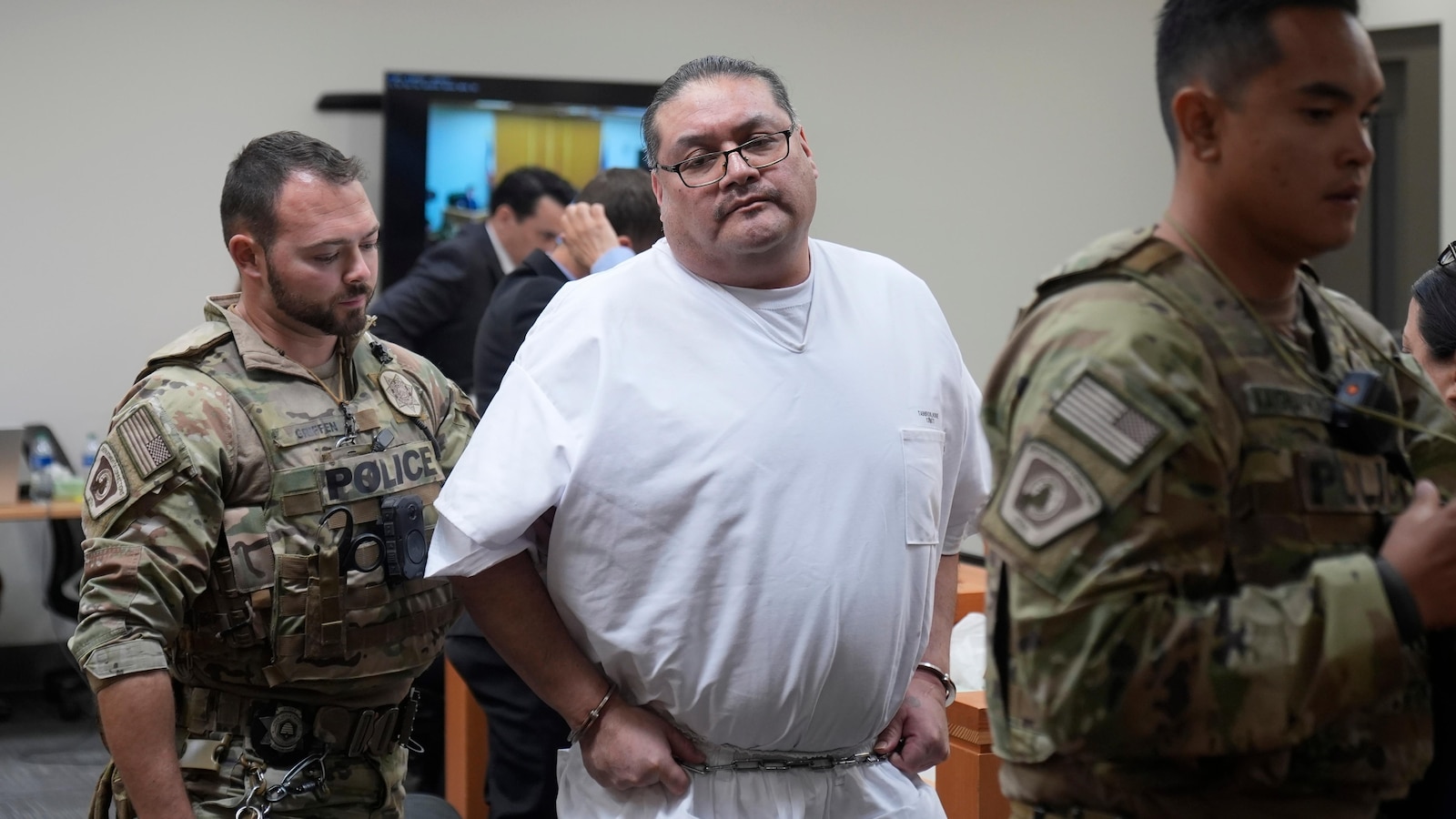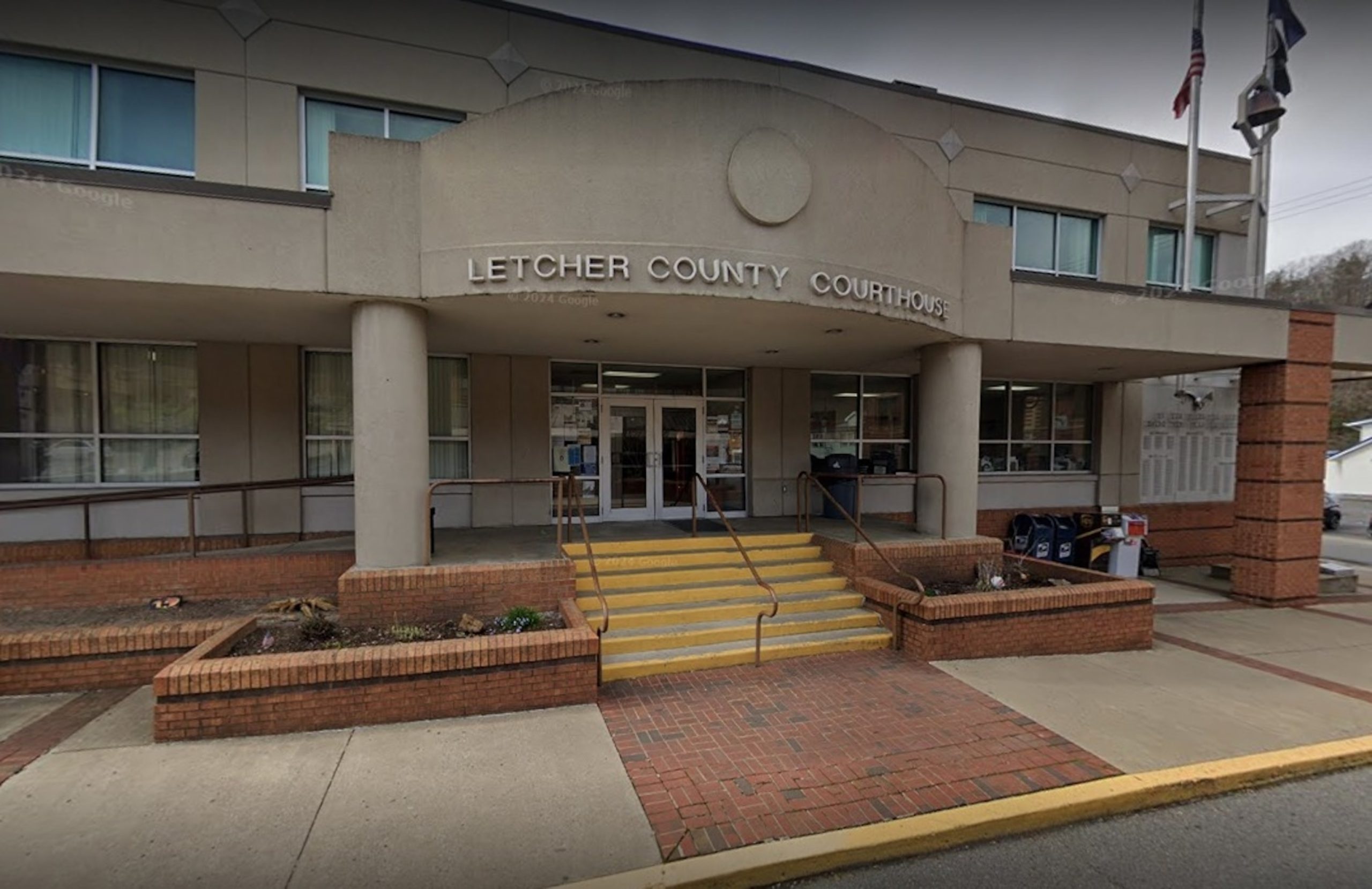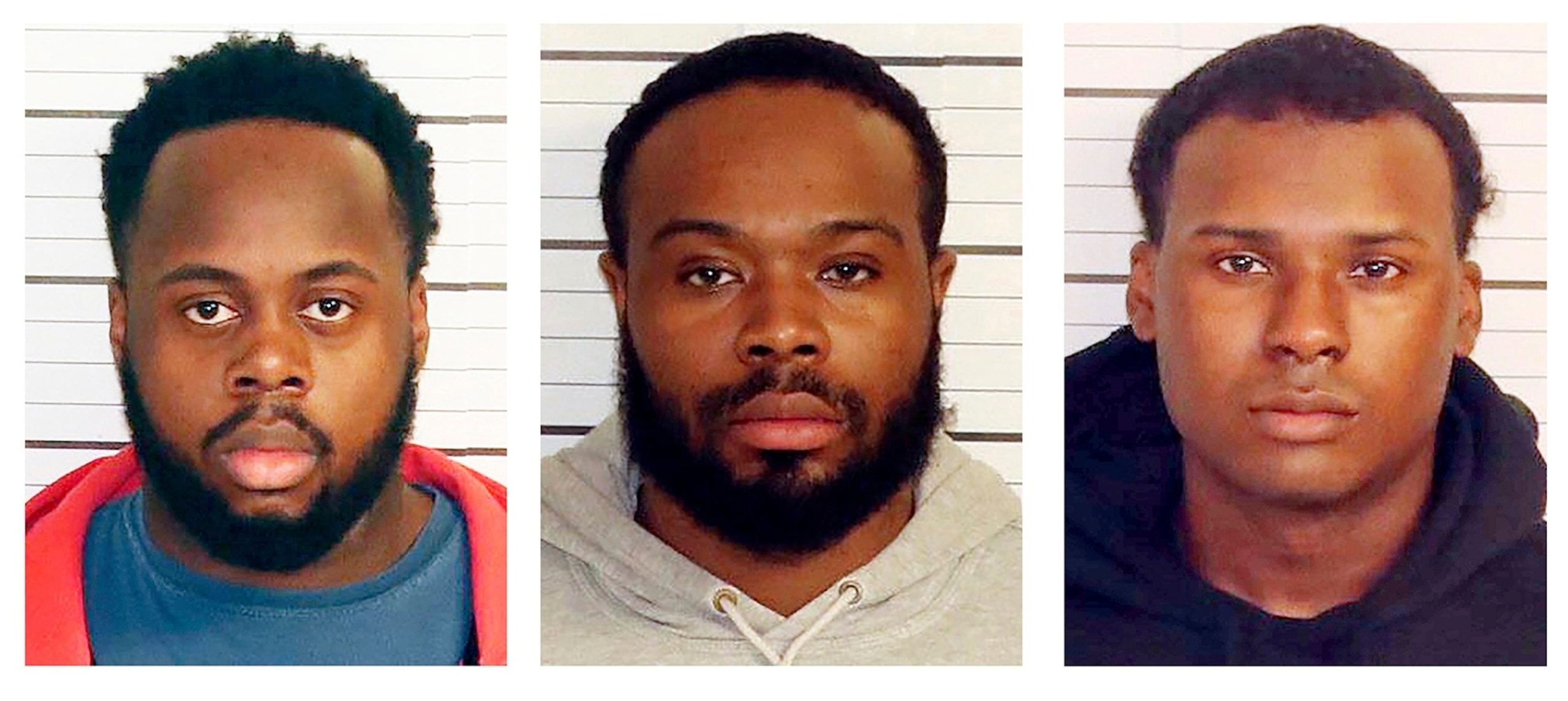
SALT LAKE CITY — A Utah man who killed his girlfriend’s mother by cutting her throat was put to death by lethal injection early Thursday in the state’s first execution since 2010.
Taberon Dave Honie, 48, was convicted of aggravated murder in the July 1998 death of Claudia Benn.
Honie was 22 when he broke into Benn’s house in Cedar City after a day of heavy drinking and drug use and repeatedly slashed her throat and stabbed her in other parts of her body. Benn’s grandchildren, including Honie’s then 2-year-old daughter, were in the house at the time.
The judge who sentenced him to death found that Honie had sexually abused one of the children, one of the aggravating factors used to reach that decision.
Honie’s last meal before his execution was a cheeseburger, french fries and a milkshake, Utah Department of Corrections said. Honie spent the evening with his family before the execution.
Outside the prison, a group of anti-death penalty protesters held signs that said, “All life is precious” and prayed and sang “Amazing Grace.”
After decades of failed appeals, Honie’s execution warrant was signed in June despite defense objections to the planned lethal drug. In July, the state changed its execution protocol to using only a high dose of pentobarbital — the nervous system suppressant used to euthanize pets.
The Utah Board of Pardons and Parole denied Honie’s petition to commute his sentence to life in prison after a two-day hearing in July during which Honie’s attorneys said he grew up on the Hopi Indian Reservation in Arizona with parents who abused alcohol and neglected him.
Utah Gov. Spencer Cox, a Republican, also denied a final request by Honie to delay the execution.
Honie told the parole board he wouldn’t have killed Benn if he had been in his “right mind.” He asked the board to allow him “to exist” so he could be a support for his daughter.
Tressa Honie told the board she has a complicated relationship with her mother and would lose her most supportive parental figure if her father were to be executed.
However, other family members argued that Taberon Honie deserved no mercy.
They described Benn as a pillar in their family and southwestern Utah community — a Paiute tribal member, substance abuse counselor and caregiver for her children and grandchildren.
Sarah China Azule, Benn’s niece, said she was happy with the board’s decision to move forward with Honie’s execution.
“He deserves an eye for an eye,” she said.
Honie was one of six people facing execution in Utah.
The death sentence for a seventh person, Douglas Lovell, who killed a woman to keep her from testifying against him in a rape case, was recently overturned by the Utah Supreme Court. He will be resentenced.
A man described by his lawyers as intellectually disabled was executed a few hours earlier in Texas for strangling and trying to rape a woman who went jogging near her Houston home more than 27 years ago. Arthur Lee Burton had been sentenced to death for the July 1997 killing of Nancy Adleman, a 48-year-old mother of three who police found beaten and strangled with her own shoelace in a wooded area off a jogging trail along a bayou.
On August 26, 2021, the state of Utah carried out its first execution by lethal injection since 2010. The condemned man, 41-year-old Michael Anthony Archuleta, was put to death at the Utah State Prison in Draper. Archuleta had been convicted of the 1988 murder of Gordon Ray Church, a Southern Utah University student.
The execution marked the end of a long legal battle that had spanned over three decades. Archuleta had been on death row for more than 30 years, during which time he had exhausted all of his appeals and petitions for clemency. The Utah Supreme Court had ultimately ruled that his execution could proceed.
Lethal injection is the primary method of execution in Utah, as well as in many other states across the country. It involves the administration of a series of drugs that are intended to induce unconsciousness, paralysis, and ultimately death. The process is typically carried out by a team of trained medical professionals.
While lethal injection is often considered to be a more humane method of execution compared to older methods such as hanging or firing squad, it is not without controversy. Critics argue that the process can still be painful and inhumane, and that there have been instances of botched executions where the condemned suffered prolonged and agonizing deaths.
In the case of Michael Anthony Archuleta, witnesses reported that he appeared calm and composed as he was led into the execution chamber. He made a final statement expressing remorse for his crime and asking for forgiveness. The drugs were then administered, and Archuleta was pronounced dead shortly thereafter.
The execution of Michael Anthony Archuleta has reignited the debate over the use of the death penalty in Utah and across the United States. Supporters argue that it serves as a deterrent to violent crime and provides justice for the victims and their families. Opponents, on the other hand, argue that it is a barbaric and outdated practice that has no place in a civilized society.
Regardless of one’s stance on the death penalty, the execution of Michael Anthony Archuleta serves as a stark reminder of the irreversible nature of capital punishment. It is a decision that carries with it profound moral and ethical implications, and one that should not be taken lightly. As the debate continues, it is important for society to consider the broader implications of state-sanctioned executions and to strive for a more just and humane criminal justice system.


